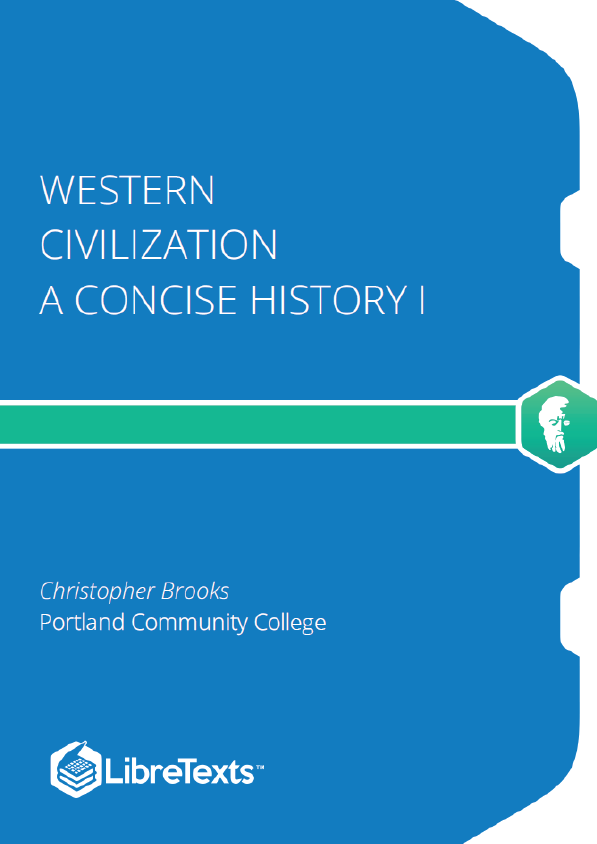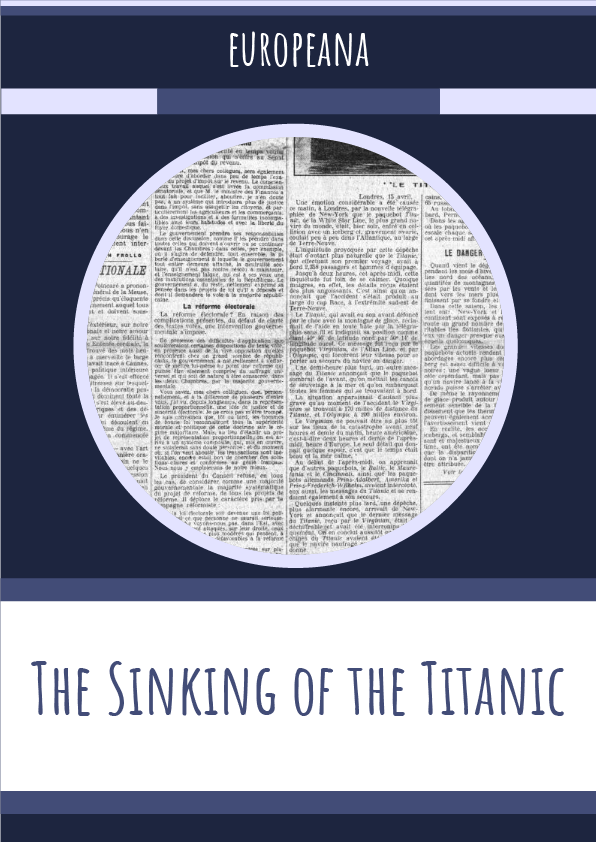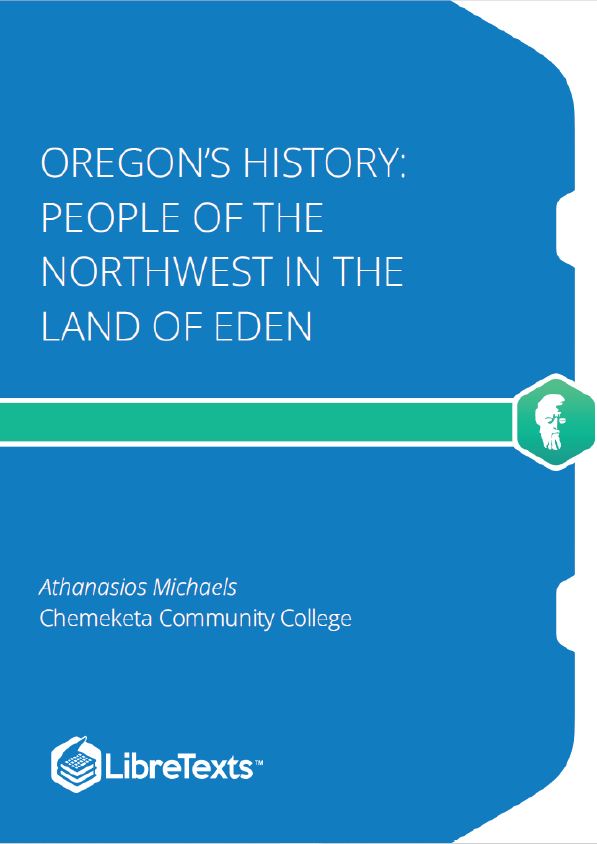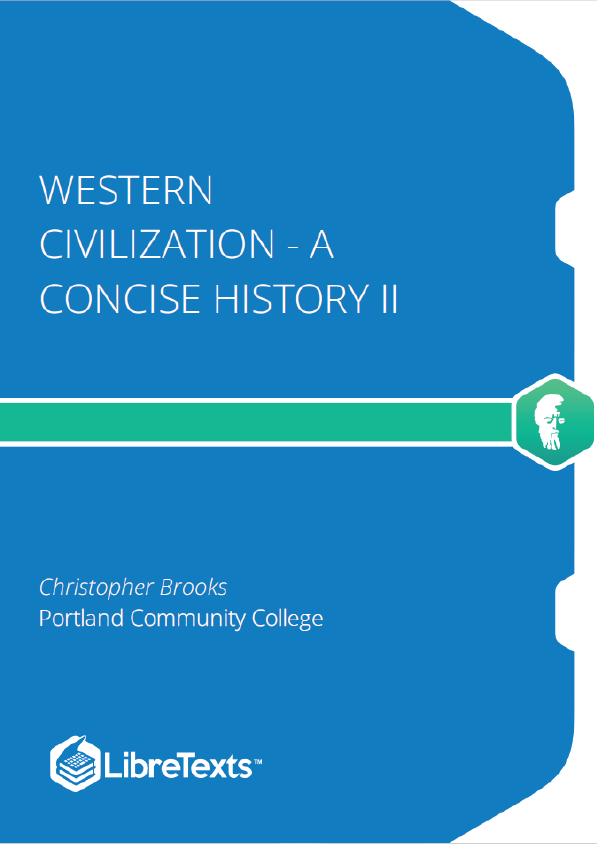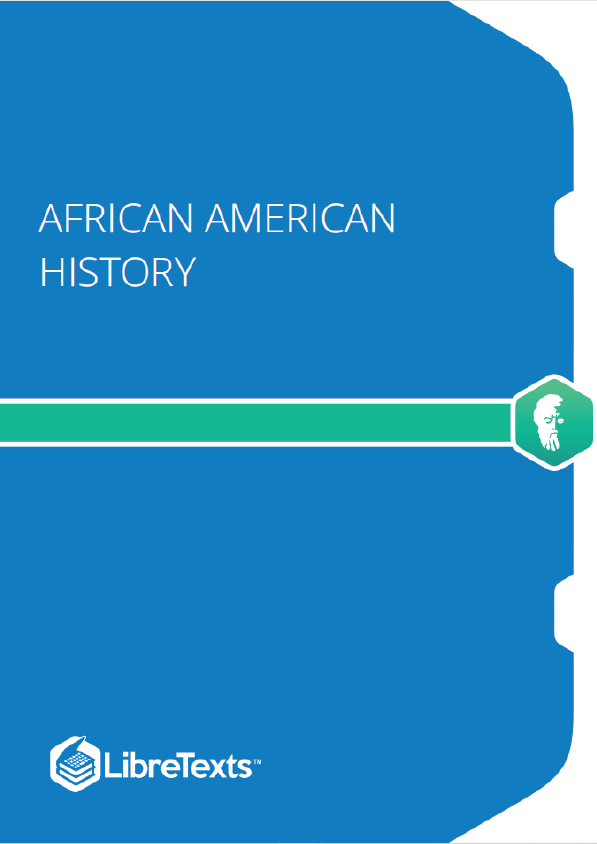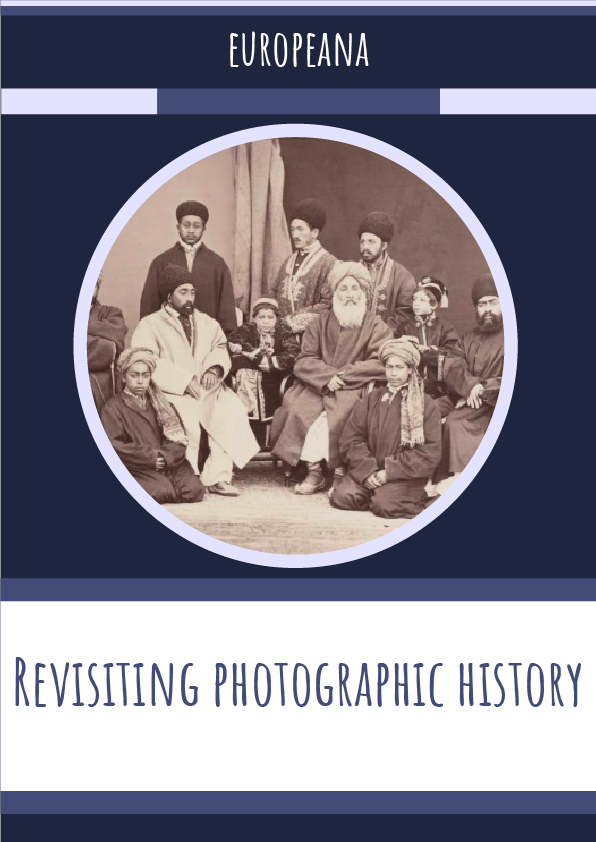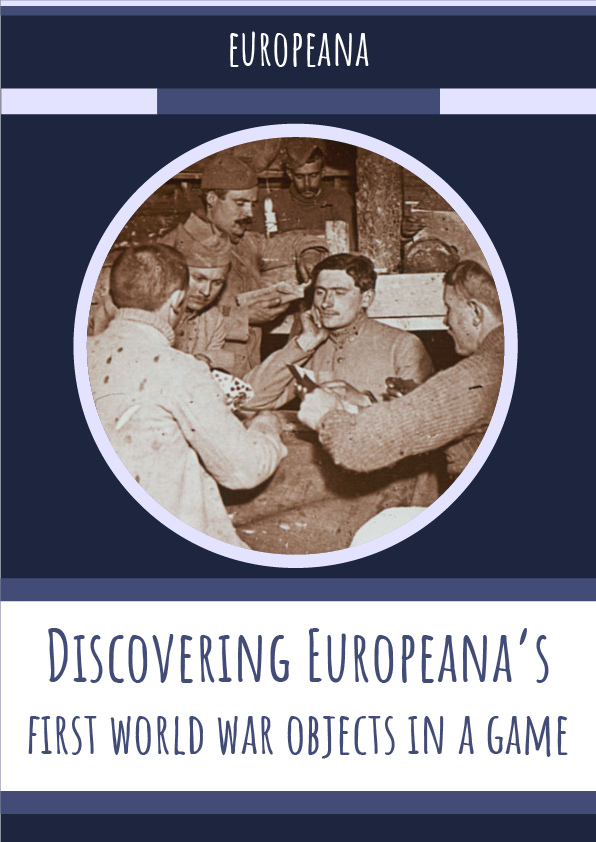What is “civilization”? In English, the word encompasses a wide variety of meanings, often implying a culture possessing some combination of learning, refinement, and political identity. As described in the introductory chapter, it is also a “loaded” term, replete with an implied division between civilization and its opposite, barbarism, with “civilized” people often eager to describe people who are of a different culture as being “uncivilized” in so many words. Fortunately, more practical and value-neutral definitions of the term also exist. Civilization as a historical phenomenon speaks to certain foundational technologies, most significantly agriculture, combined with a high degree of social specialization, technological progress (albeit of a very slow kind in the case of the pre-modern world), and cultural sophistication as expressed in art, learning, and spirituality.
In turn, the study of civilization has been the traditional focus of history, as an academic discipline, since the late nineteenth century. As academic fields became specialized over the course of the 1800s CE, history identified itself as the study of the past based on written artifacts. A sister field, archeology, developed as the study of the past based on non-written artifacts (such as the remains of bodies in grave sites, surviving buildings, and tools). Thus, for practical reasons, the subject of “history” as a field of study begins with the invention of writing, something that began with the earliest civilization itself, that of the Fertile Crescent (described below). That being noted, history and archeology remain closely intertwined, especially since so few written records remain from the remote past that most historians of the ancient world also perform archeological research, and all archeologists are also at least conversant with the relevant histories of their areas of study.
Human beings are members of a species of hominid, which is the same biological classification that includes the advanced apes like chimpanzees. The earliest hominid ancestor of humankind was called Australopithecus: a biological species of African hominid (note: hominid is the biological “family” that encompasses great apes – Australopithecus, as well as Homo Sapiens, are examples of biological “species” within that family) that evolved about 3.9 million years ago. Australopithecus was similar to present-day chimpanzees, loping across the ground on all fours rather than standing upright, with brains about one-third the size of the modern human brain. They were the first to develop tool-making technology, chipping obsidian (volcanic glass) to make knives. From Australopithecus, various other hominid species evolved, building on the genetic advantages of having a large brain and being able to craft simple tools.
One noteworthy descendent of Australopithecus was Homo Erectus, which gets its name from the fact that it was the first hominid to walk upright. It also benefited from a brain three-fourths the size of the modern human equivalent. Homo Erectus developed more advanced stone tool-making than had Australopithecus, and survived until about 200,000 years ago, by which time the earliest Homo Sapiens – humans – had long since evolved alongside them.
Homo Sapiens emerged in a form biologically identical to present-day humankind by about 300,000 years ago (fossil evidence frequently revises that number – the oldest known specimen was discovered in Morocco in 2017). Armed with their unparalleled craniums, Homo Sapiens created sophisticated bone and stone implements, including weapons and tools, and also mastered the use of fire. They were thus able to hunt and protect themselves from animals that had far better natural weapons, and (through cooking) eat meat that would have been indigestible raw. Likewise, animal skins served as clothes and shelter, allowing them to exist in climates that they could not have settled otherwise.
